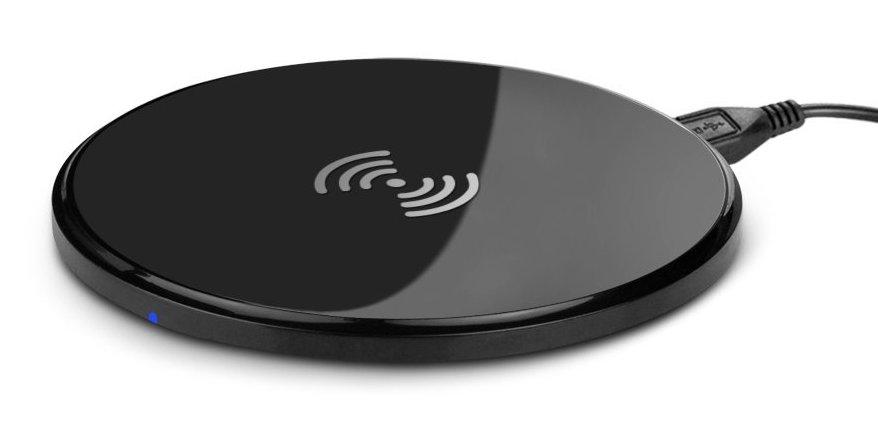Wireless charging

Wireless Charging
Lately we’ve discussed the evolution of technology and what that does and will mean for various industries. The electrical industry may soon be next. A topic of late that has heated up in the media is wireless charging – especially after rumours spread that Apple’s upcoming iPhone will be charged wirelessly…so first things first….what IS wireless charging?
Wireless charging is based on electromagnetic induction. Coils of wire in the base station (the charging plate) create a magnetic field as the current passes through. This field can induce an electrical current in an adjacent coil of wire without actually touching it. If this wire is part of a battery charging circuit, then you have wireless charging.
There are pros and cons, but one overwhelming pro would have to be electrical safety. We recently ran an article on the spike of house fires due to charging phones and laptops left plugged in. Moving forward, wireless charging could be a cleaner, safer and easier way to charge our devices...and beyond that, who knows?
Advantages
Protected connections – No corrosion when the electronics are all enclosed, away from water or oxygen in the atmosphere. Less risk of electrical faults such as short circuit due to insulation failure, especially where connections are made or broken frequently.
Low infection risk – For embedded medical devices, transmission of power via a magnetic field passing through the skin avoids the infection risks associated with wires penetrating the skin.
Durability – Without the need to constantly plug and unplug the device, there is significantly less wear and tear on the socket of the device and the attaching cable.
Increased convenience and aesthetic quality – No need for cables
Disadvantages
Slower charging – Due to the lower efficiency, devices take longer to charge when supplied power is the same amount.
More expensive – Inductive charging also requires drive electronics and coils in both device and charger, increasing the complexity and cost of manufacturing.[1][2]
Inconvenience - When a mobile device is connected to a cable, it can be freely moved around and operated while charging. In most implementations of inductive charging, the mobile device must be left on a pad to charge, and thus can't be moved around or easily operated while charging.
Incompatibility - Unlike (for example) a MicroUSB charging connector, there are no universal standards for inductive charging, thus necessitating various different chargers for different devices.
Source: Wikipedia
Although still in its infancy, it will be interesting to see how far this goes. Inevitably one day a charge pad will not be necessary, or at least have it necessary for your phone to rest on it. A remote charging base located in the house which keeps all of these devices charged. No cables, or frayed or damaged wires used by the kids to charge their phones or iPads. This could be the beginning of a revolution in a number of home electrical products.

